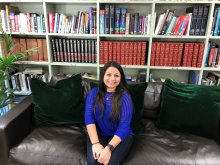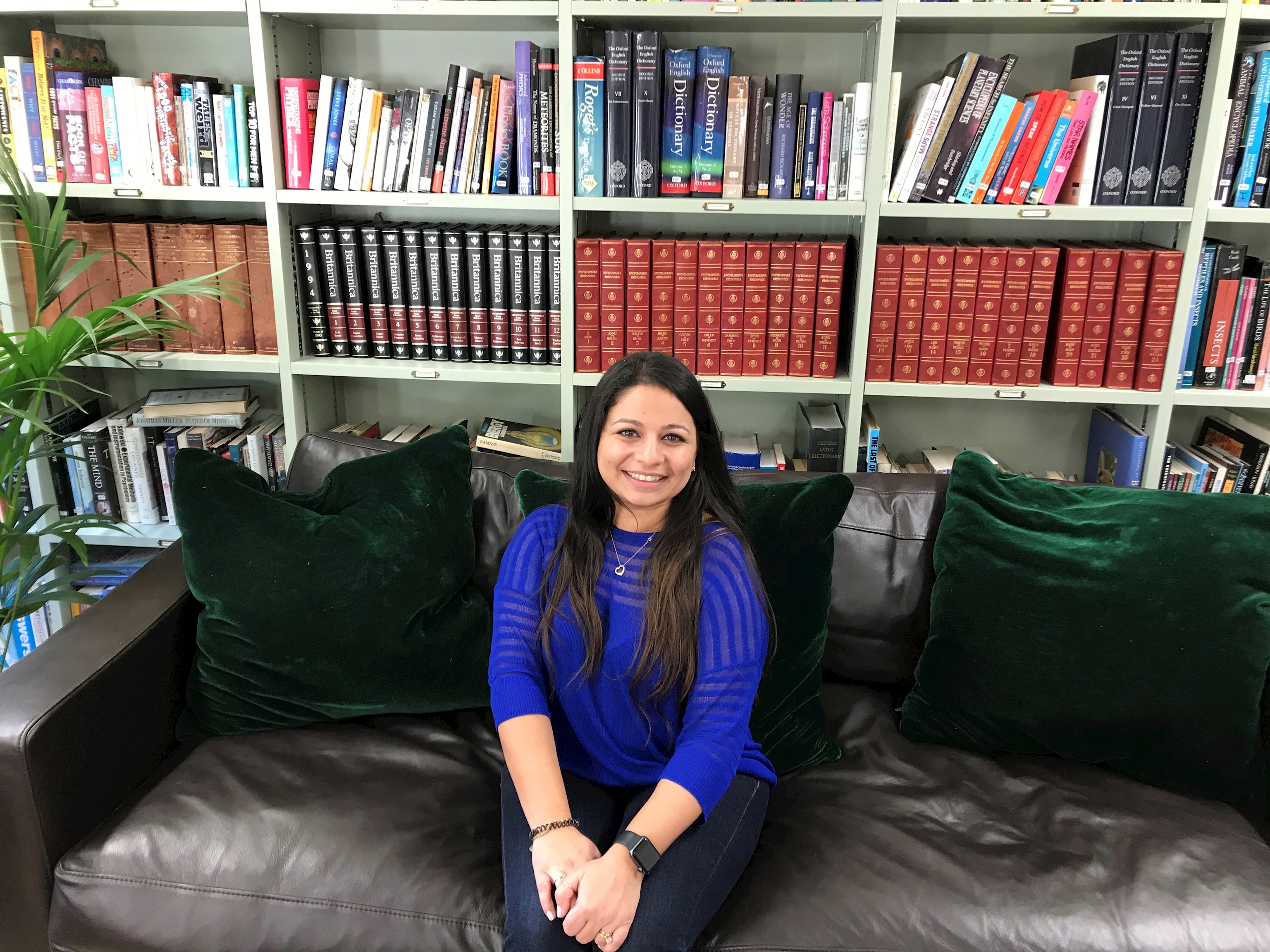#SchoolStories
See our latest stories and follow us on social media

Last Tuesday (21st March), Dr Suze Kundu, a nanochemist, educator and GDST alumna, delivered a fascinating Rosewell Lecture on Materials Science. That is a sector of science that you may have heard of, however it is not widely understood.
When you think of Materials Science, you probably think of the science behind materials used for everyday items such as clothing, cars or electronics. You might even think of sayings such as ‘glass cannons’ or a ‘chocolate teapot’. Whilst those are all common examples of choosing the perfect (or worst) material for a very specific use, this subsection of ‘Science’ is so much more than primary school physics. Material Science can allow us to create new materials, and to manipulate existing materials to serve a purpose, in incredible ways.
For example, have you ever watched raindrops on a car’s windscreen? You might have noticed that the water forms an almost perfect sphere on the surface and quickly runs off. The reason for that can be found in the natural materials than inspired the glass’ hydrophobic coating. The surface of a lotus leaf is covered by nano and micro-sized spikes which hold water away from the main structure of the leaf; limiting the area on which water, and dirt, can cling to the surface. As a result, gravity causes water to form a bead and roll off the lotus flower.
But that’s only one of Materials Science’s seemingly infinite applications.
You might have learnt about a substance called Aerogel, as it is a very effective insulator. Aerogel is a class of synthetic porous ultralight material derived from a gel – in other words, it is 99.8% air. This material was initially created due to a bet between two scientists, Dr Samuel Stephens Kistler and Dr Charles Learned, in 1931. The bet was to be the first scientist to create a jelly like material with pockets of gas, instead of liquid. That might seem simple, but was actually quite a challenge, because whenever the scientists tried to evaporate the liquid out of the ‘jelly’, the substance would collapse, leaving no room for air pockets. After many attempts, Dr Kistler discovered that if he mixed the jelly with gas in a liquid state, put it into a closed compartment, and slowly increased the temperature and pressure, he could produce a jelly-like substance that did not shrink, and was solid and dry. However, Aerogel had no uses until 1999, 68 years after its invention, when it was used in the Stardust robotic space probe (launched by NASA to collect cosmic dust from Comet Wild 2). So, whilst the initial purpose of this creation was simply ‘for fun’, it later had an incredibly important role to play in allowing NASA scientists to gain knowledge on comets and space.
After presenting all this mind-blowing information to us (with inspiring enthusiasm), Dr Suze Kundu gave a final take-home-message: Materials Science, although it may at first seem quite low-key, has the incredible purpose of finding new ways of creating and using materials to make processes and functions easier, more effective and efficient. This is becoming especially visible with the current global warming crisis, as material scientists are working extremely hard to find alternatives to fuel, plastics and other materials, in order to try to save our planet.
If this amazing field captured your interest like it did ours, and you want to learn more about Materials Science, or if you are even thinking of a career in the field, Dr Suze Kundu highly recommended the book ‘Stuff Matters’ by Mark Miodownik as a great place to start. Additionally, Ms McGovern, Mr Doepel and Dr Sharma would be more than happy to point you in the right direction, so please do contact them if you have any queries. We hope that like we were, you have been captivated by the spectacular world of Materials Science.
Aanya S ( Yr 9) & Sabrina C ( Yr 13)

